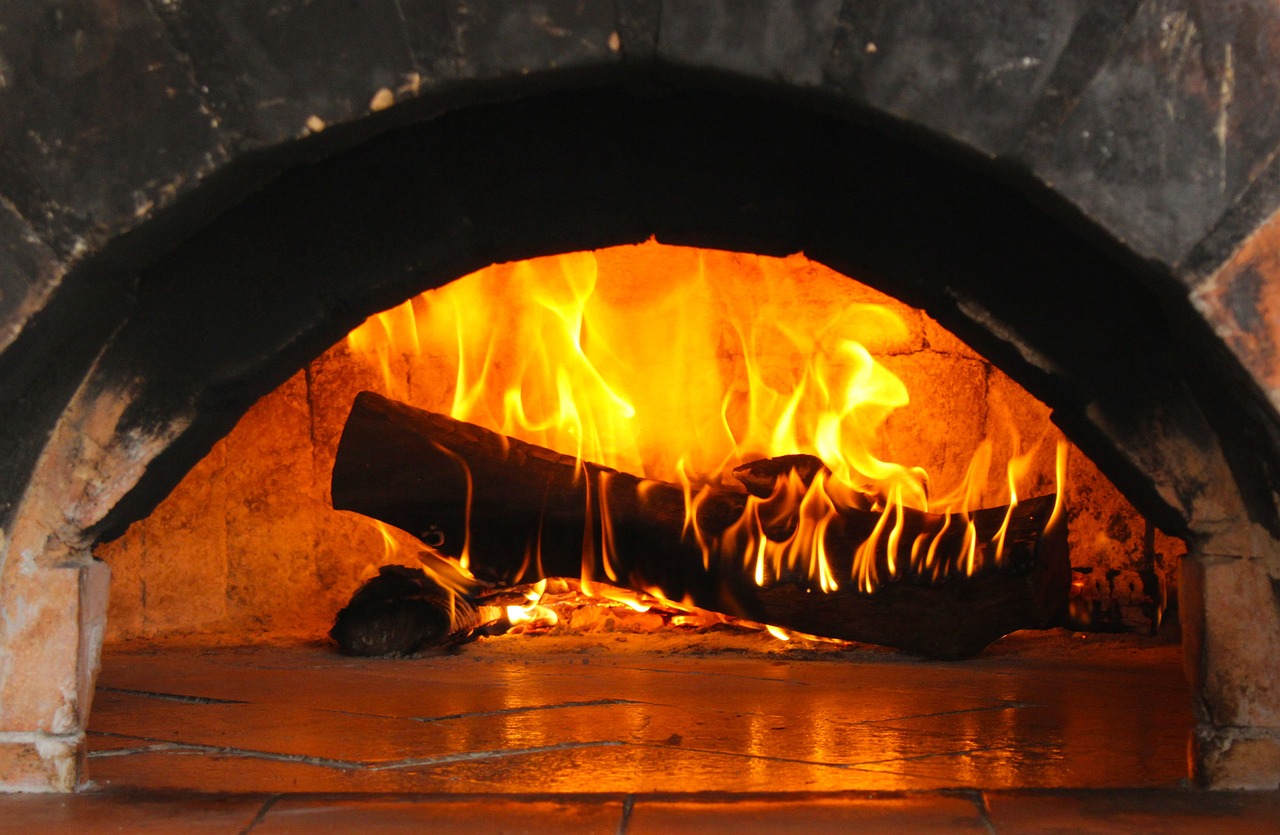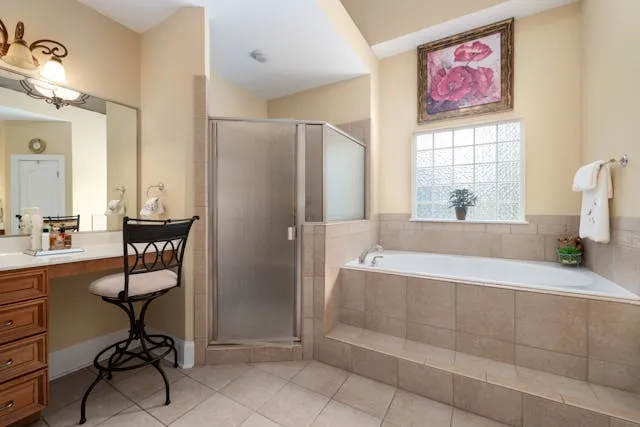As the crisp air of fall eventually transitions into the biting chill of winter, the importance of a reliable heating system becomes increasingly apparent. Among the various heating solutions available to homeowners, gas furnaces stand out for their efficiency and dependability. These systems have been a cornerstone in residential heating technology, providing warmth and comfort to countless homes.
This comprehensive guide aims to illuminate the features and advantages of gas furnaces, providing insights into their operation, benefits, and proper maintenance techniques. By understanding how these systems work, homeowners can make more informed choices, ultimately ensuring a cozy and warm environment during the colder months.
Understanding Gas Furnaces
To fully appreciate the benefits and functionalities of gas furnaces, it is essential to understand their basic structure and operation. Gas furnaces are powered predominantly by natural gas, making them a cost-effective and efficient heating solution. Unlike electric heaters, which rely on electricity to generate warmth, gas furnaces employ the combustion of natural gas to produce heat.
This method of heat generation is both rapid and capable of providing significant warmth, making gas furnaces particularly suitable for areas that experience extreme cold. One of the primary advantages of gas furnaces is their ability to achieve optimal temperatures quickly and maintain them consistently.
The reliance on natural gas, one of the most economical energy sources, further enhances their appeal. While electric systems can provide supplemental heat, gas furnaces offer a reliable solution for whole-home heating, especially during winter.
The Operation of Gas Furnaces
At its core, the operation of a gas furnace is an orchestrated process involving several critical components that work in harmony. The journey begins when the thermostat automatically detects a drop in temperature below the set point, signaling the furnace to kick into action. The first significant component is the gas burner, igniting natural gas to produce heat.
This heat is then transferred to a heat exchanger, which plays a crucial role by warming the air as it passes over the heated surfaces. The air, now warmed, is propelled by the blower fan through a network of ducts leading to different parts of the home, thus ensuring a uniform and comfortable temperature throughout.
Sometimes, homeowners might need to consider gas heater repairs when the system shows inefficiency or malfunction. Regular maintenance can prevent such issues and prolong the furnace’s life.
The Benefits of Gas Furnaces
The reasons homeowners continue to choose gas furnaces extend beyond their efficient operation. These systems offer several tangible benefits that cater to the needs of modern living. One of the most significant advantages is their cost-effectiveness. Natural gas, the primary fuel source for these units, is generally cheaper than electricity, resulting in lower overall heating costs. Additionally, gas furnaces tend to have a longer lifespan compared to other heating options, provided they receive regular maintenance and care.
Efficiency is another hallmark of these systems. Modern gas furnaces boast high AFUE (Annual Fuel Utilization Efficiency) ratings, often exceeding 90%, indicating that most energy consumed is converted directly into heat. This efficiency lowers energy bills and reduces the household’s environmental footprint.
The ability of gas furnaces to heat spaces quickly and effectively cannot be understated, especially in regions enduring cold climates. The immediate warmth these systems provide enhances comfort, achieving desired temperatures in a fraction of the time electric heaters require.
Choosing the Right Gas Furnace
Several factors that maximize comfort and efficiency influence selecting the appropriate gas furnace for a home. The first consideration should be the furnace’s size, which needs to match the dimensions and layout of the house.
An undersized unit may struggle to maintain comfortable temperatures, while a too large unit might lead to inefficient energy costs. Another critical factor is the furnace’s AFUE rating, as higher ratings equate to greater energy efficiency and cost savings over time.
Consulting with a professional can help determine the best fit for a specific home. Additionally, climate plays a significant role in the decision-making process. Homes in colder regions may benefit from advanced features such as variable-speed blowers or two-stage gas valves, which enhance comfort and reduce energy consumption.
Maintenance Tips for Longevity
Regular maintenance is imperative to ensure a gas furnace operates at its best and lasts its expected lifespan. Homeowners can follow a few essential tips to keep their systems running smoothly.
Firstly, changing or cleaning air filters regularly is crucial, as clogged filters can hinder airflow, forcing the furnace to work harder than necessary and driving up energy costs. It’s advisable to replace filters every 1 to 3 months, depending on usage and filter type. The burner should also be inspected routinely to ensure efficient ignition and combustion. Over time, dust and debris can accumulate, impairing performance.
To address potential issues proactively, scheduling annual check-ups with a professional technician is also recommended. Such inspections should include examining the heat exchanger for cracks or leaks, which could pose safety concerns. By investing a little time in maintenance, homeowners can avoid costly repairs or replacements down the road while maintaining an efficient heating system that meets their comfort needs.
Conclusion
Gas furnaces remain a compelling choice for those seeking reliable, efficient, cost-effective home heating solutions. Their ability to quickly and consistently heat spaces positions them favorably among available options, particularly in regions with harsh winters.
Homeowners can make informed decisions that align with their comfort and budgetary needs by understanding how these systems operate and their myriad benefits. Furthermore, regular maintenance and timely troubleshooting are essential practices that ensure the furnace’s longevity and performance.
Through thoughtful selection, diligent care, and the willingness to address issues promptly, gas furnaces can deliver warmth and comfort year after year, helping to transform houses into homes during the coldest months of the year.



